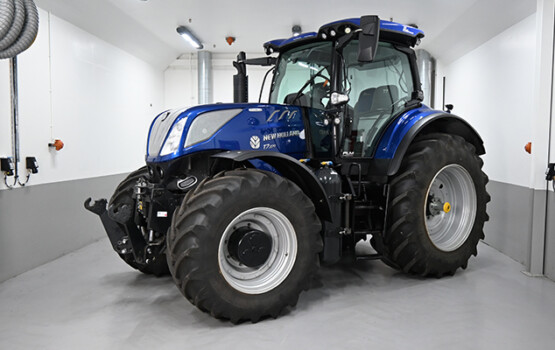Portal for more climate-friendly mobility
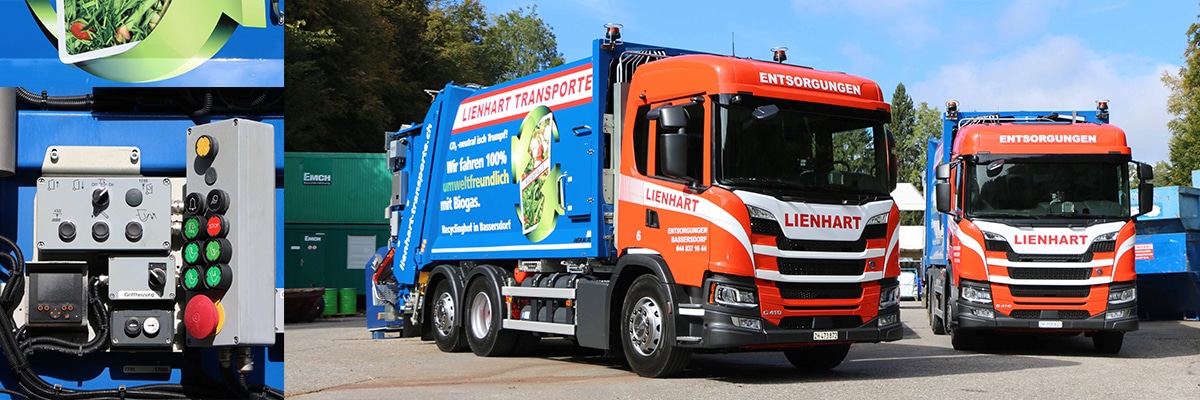
Electric drive is not a must
They’re already busy collecting in Munich, Madrid and Liverpool. But why go so far afield? Bassersdorf ZH is also focusing on CNG rather than electric drive and supporting the circular economy with two new refuse vehicles by Scania.
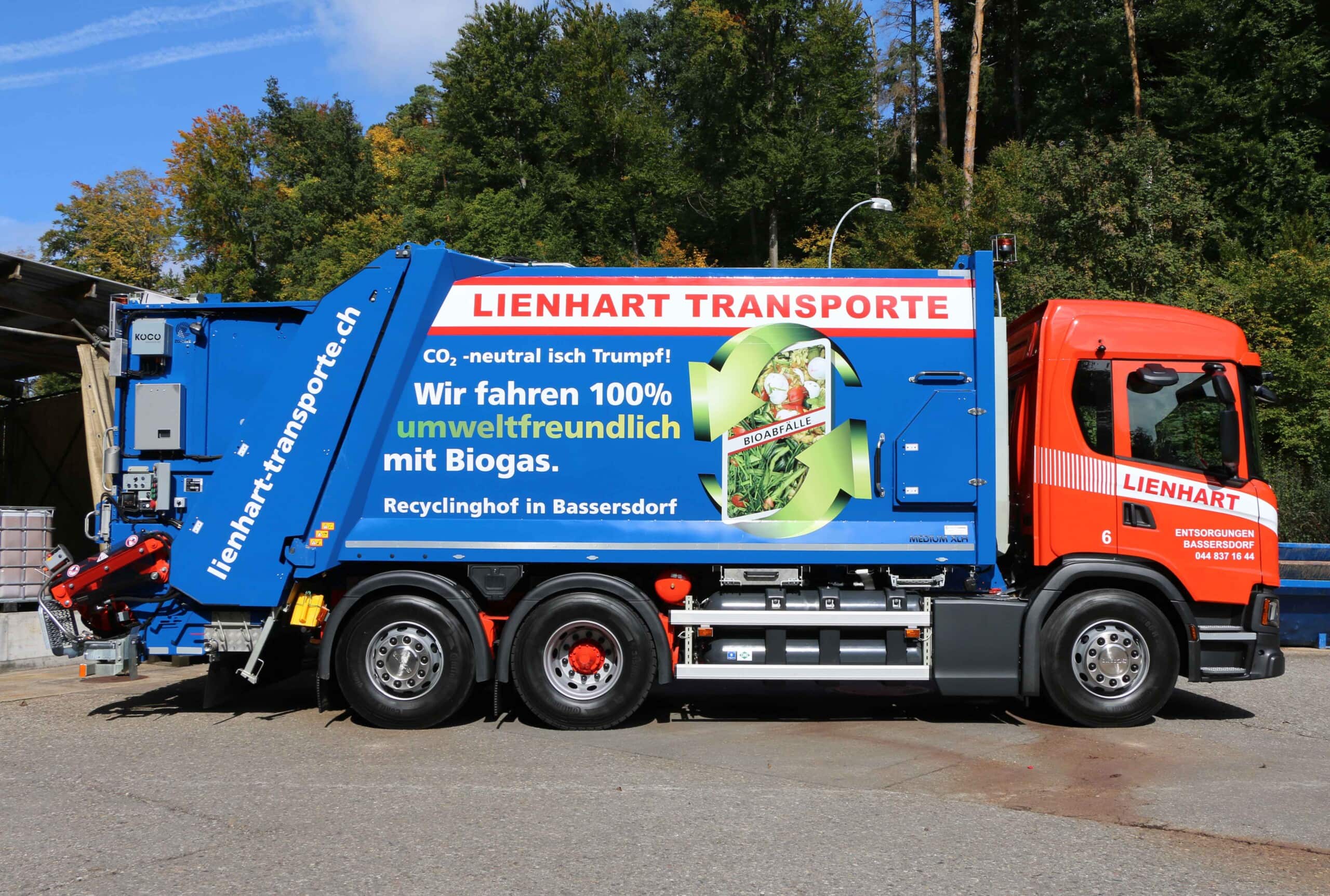 One of the two new vehicles of Lienhart Transporte AG, which, thanks to CNG propulsion and biogas in the tank, go on CO2-neutral collection tours. Source: Scania
One of the two new vehicles of Lienhart Transporte AG, which, thanks to CNG propulsion and biogas in the tank, go on CO2-neutral collection tours. Source: Scania
Collecting biogenic waste materials and delivering them to a biogas plant, where they are instantly transformed into new fuel for a CNG-powered refuse collection vehicle – this is ideally a straightforward option that makes for a well-functioning circular economy. And it helps reduce waste volumes and CO2 emissions at the same time! The principle has met with great popularity throughout Europe: The UK’s largest CNG fleet collects waste in Liverpool, in Munich – the capital of Bavaria – there are 60 refuse vehicles closing the cycle with CNG engines and running on biogas, and a new CNG fleet is currently being put into service in Madrid.
But you don’t have to look beyond the borders of Switzerland: the family-owned company Lienhart Transporte AG in Bassersdorf ZH has also realised that it doesn’t always have to be an electric powertrain but that biogas is extremely sustainable, too. In order to meet the ever-increasing demands for a sustainable transport solution for companies and municipalities, Felix Lienhart decided two years ago to replace two of his four refuse trucks while at the same time making an active contribution to a sustainable transport solution. His Zurich-based family business offers various services in the field of disposal in the catering and commercial sector, and even operates its own recycling centre.
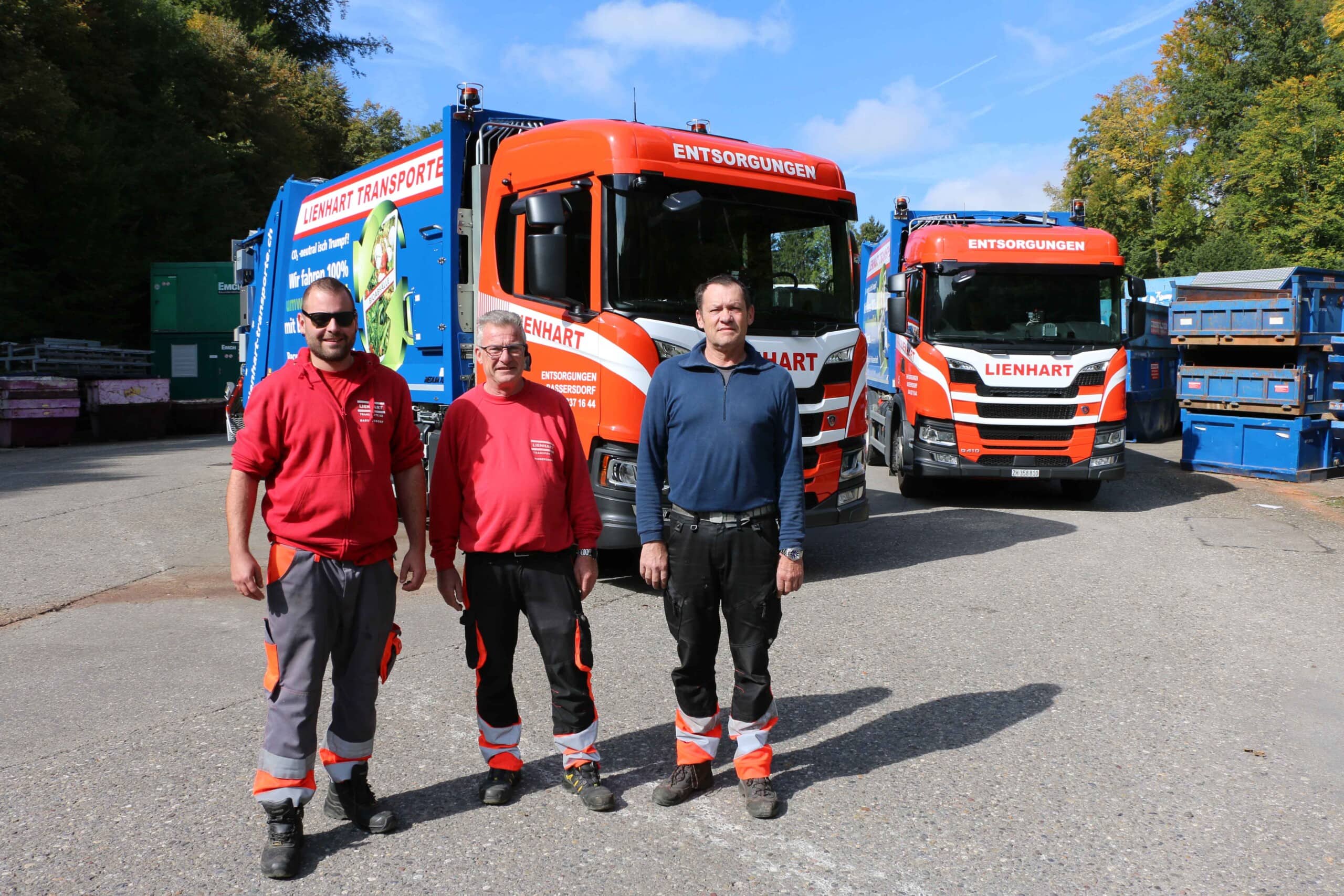 The two drivers Armando Melchioretto (left) and Jonas Röthlisberger (right) with company boss Felix Lienhart (centre) in front of the two new CNG Scania. Source: Scania
The two drivers Armando Melchioretto (left) and Jonas Röthlisberger (right) with company boss Felix Lienhart (centre) in front of the two new CNG Scania. Source: Scania
Since the electrical technology for heavy commercial vehicles was not yet that advanced two years ago and was not even available for the required drive concepts, Felix Lienhart ordered two identical Scania G410 B 6×2*4 NB as chassis with CNG motors. With the full air-suspension chassis as a basis, a cab was also chosen that offers the driver the best of both worlds: a low step height for frequent entry and exit but also a good overview in urban and regional traffic.
Each of the two refuse trucks is powered by a 13-litre in-line six-cylinder engine with 410 hp. Since the two CNG Scania are fuelled with biogas, they are virtually CO2-neutral. But it is not only climate-relevant CO2 emissions that are almost completely eliminated: other road users and residents in densely populated residential areas appreciate the gas drive’s significantly reduced noise pollution, too. And there are no compromises for drivers Armando Melchioretto and Jonas Röthlisberger either: modern gas engines are absolutely equal to diesel engines in terms of torque and pulling power, as demonstrated by the impressive torque of 2000 Nm.
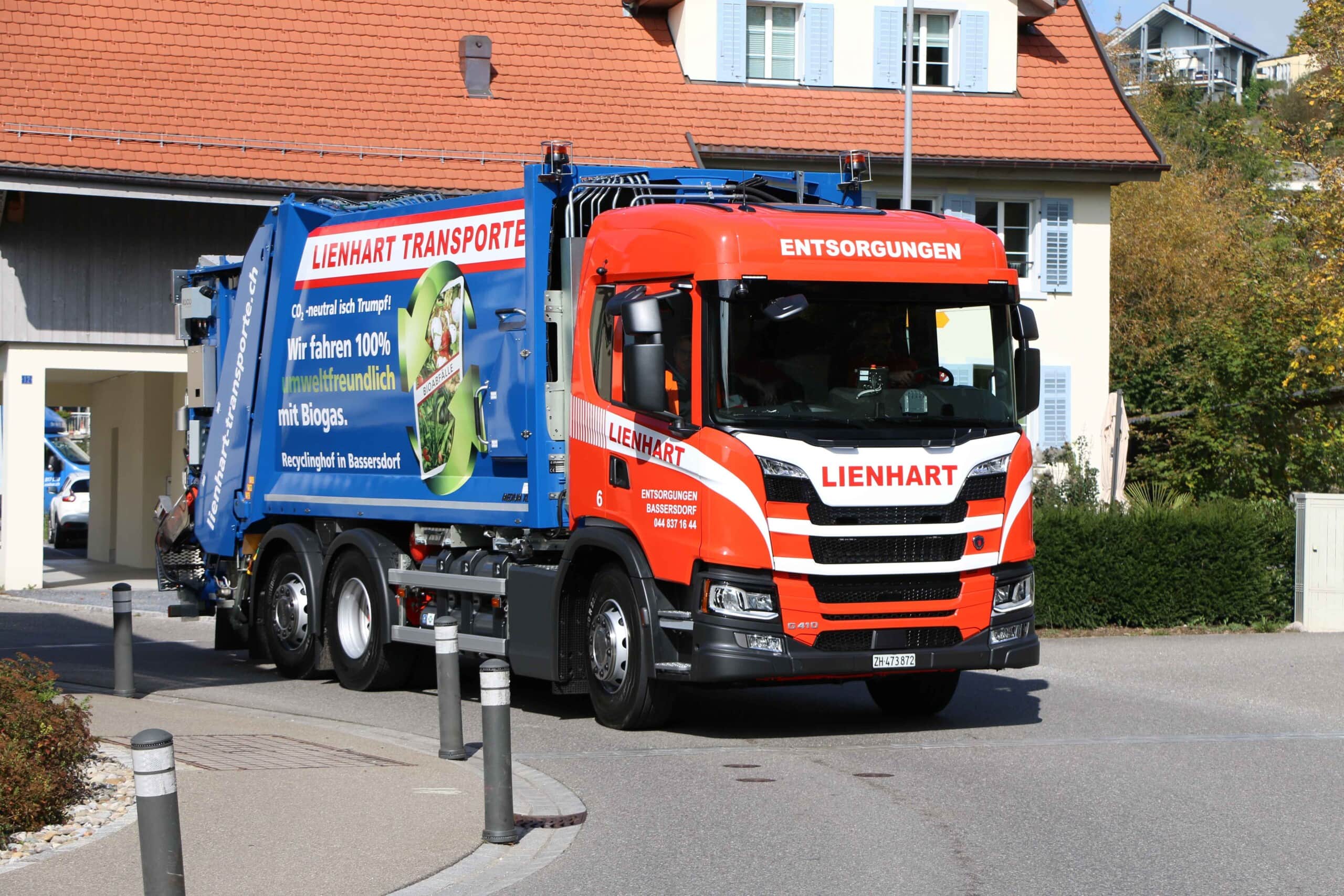 One of the two Scania G410s of Lienhart Transporte AG, which are exclusively on the road with biogas in the tank. Source: Scania
One of the two Scania G410s of Lienhart Transporte AG, which are exclusively on the road with biogas in the tank. Source: Scania
Various types of recyclable waste are collected on the trips run by Lienhart Transporte AG, a company now managed by Felix Lienhart in the family’s third generation, including general refuse, paper, glass, tin cans and scrap metal, food and polishing waste. These are among the recyclable materials that can be used again after correct separation and reprocessing, thereby helping to close the material cycle. (pd/jas, 08 December 2022)
You might also be interested in
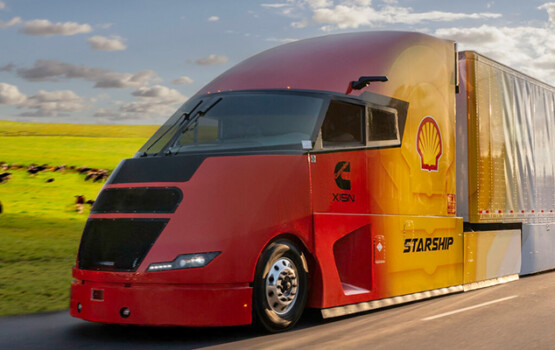
Shell Starship on record hunt
